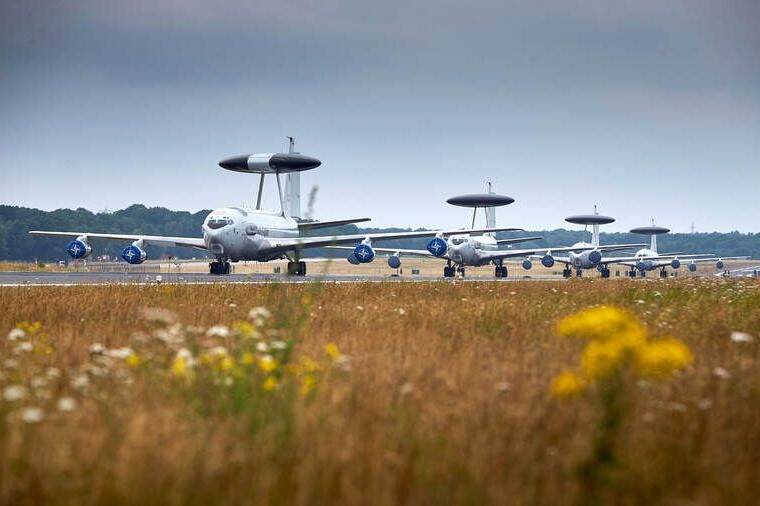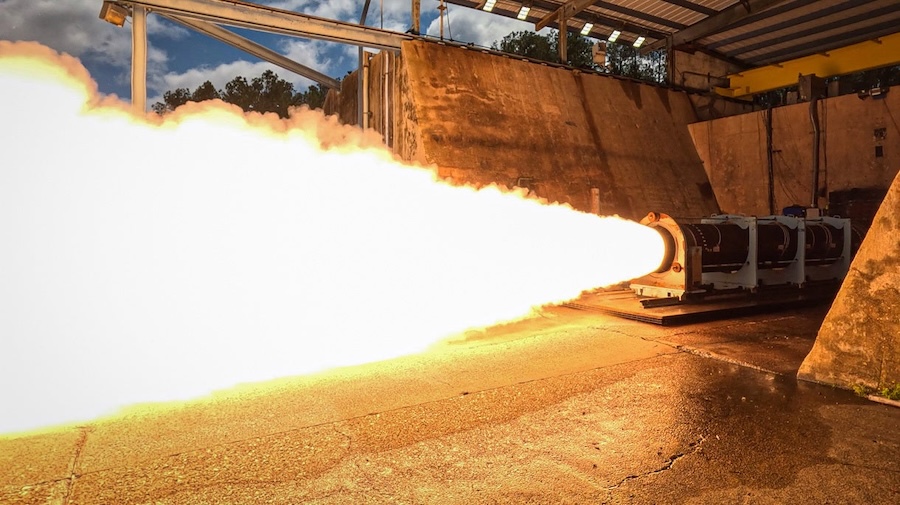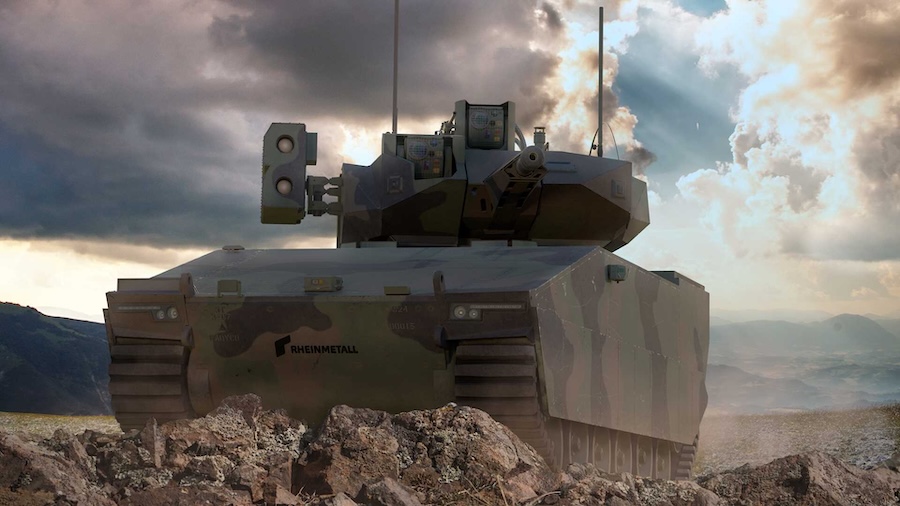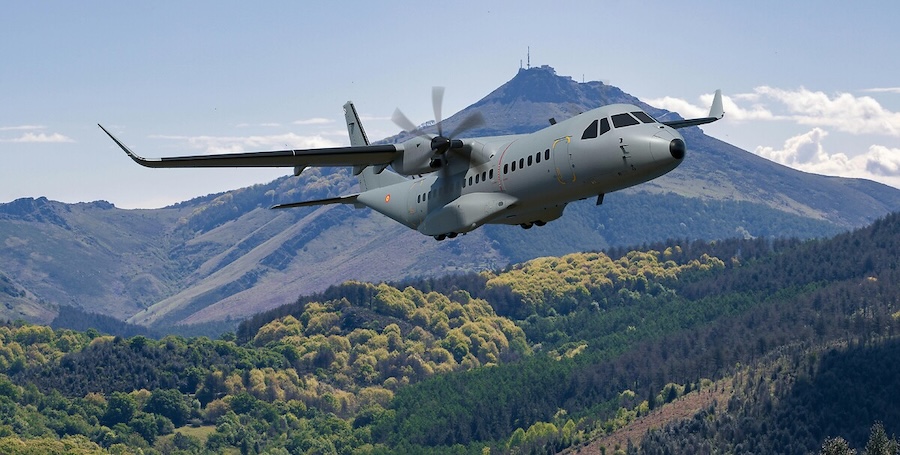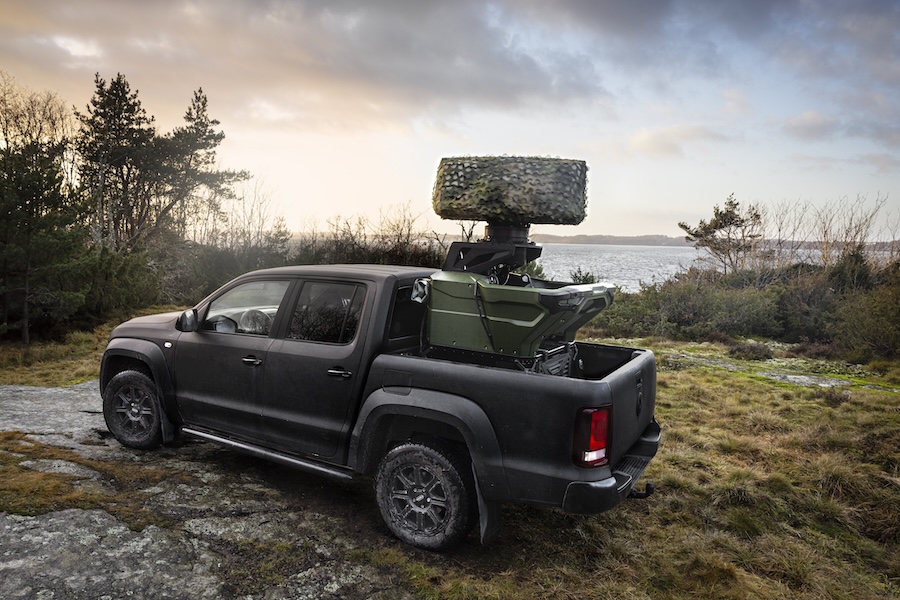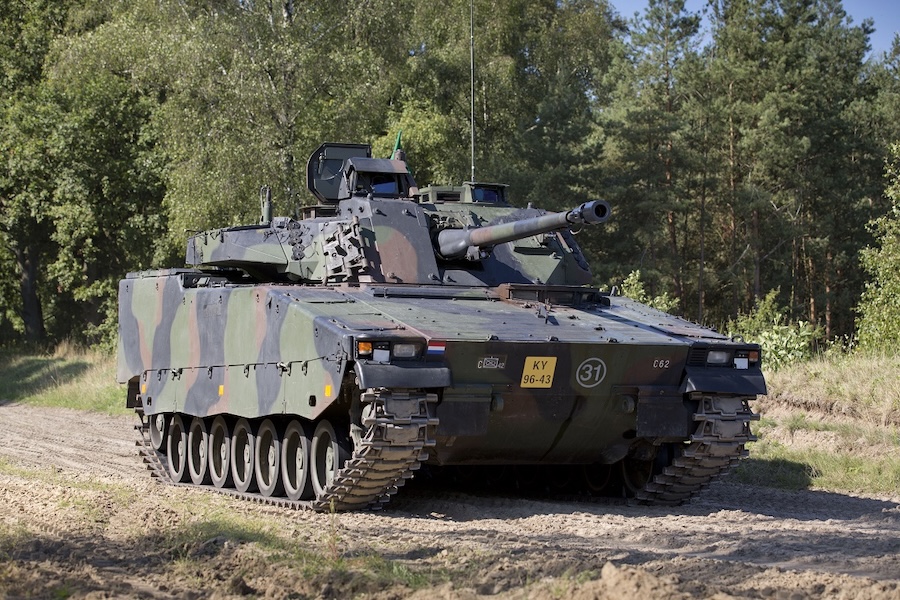The Netherlands was part of a group of eight nations, including the United States, participating in the replacement programme for the Airborne Warning and Control System fleet, which is due for retirement in 2035. However, the U.S. withdrew from the programme in July, significantly altering its strategic and financial foundation.
As a result, the remaining members, acting through the Support Partnership Committee, have halted the E-7 procurement and are now exploring alternative solutions with potential new partners. The shift reflects a reassessment of needs and priorities in light of operational, environmental, and industrial considerations.
“The aim remains to have alternative, quieter aircraft operational by 2035,” said Dutch State Secretary Gijs Tuinman. “The withdrawal of the U.S. also highlights the importance of investing as much as possible in European industry.”
AWACS aircraft, equipped with radar systems and communications equipment, play a critical role in securing NATO airspace and directing aerial operations. Their speed and flexibility make them indispensable for mission coordination across the alliance.
Source: Ministry of Defence of the Netherlands (press release).



